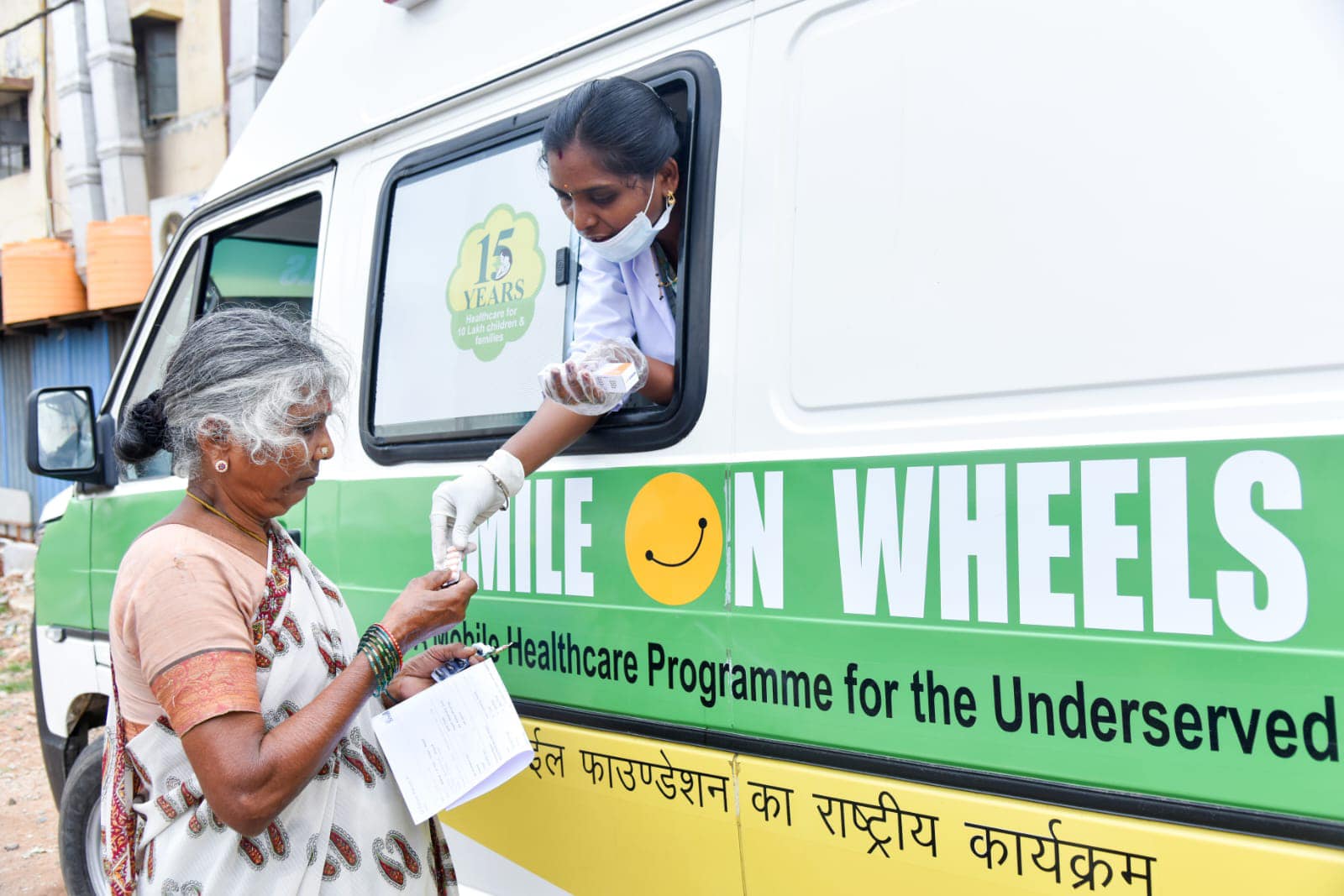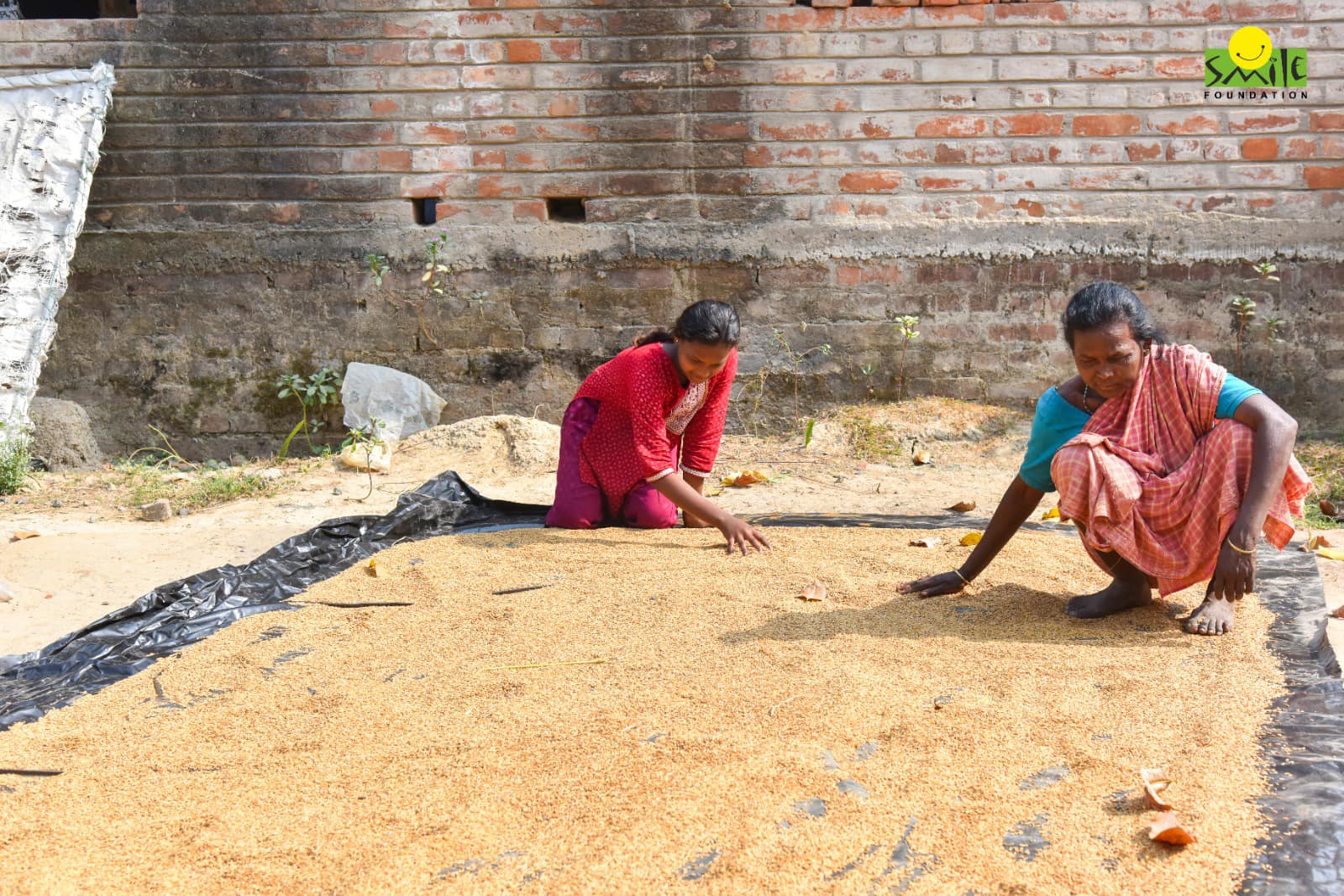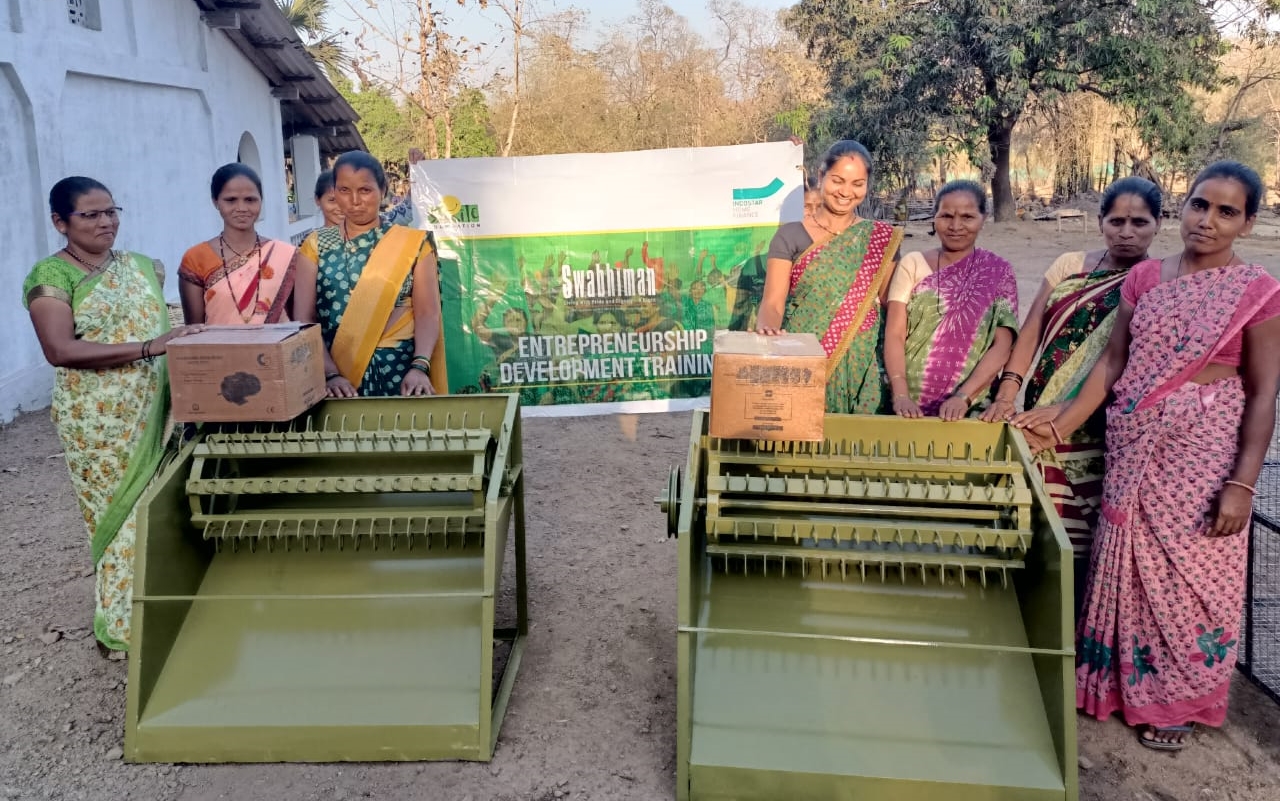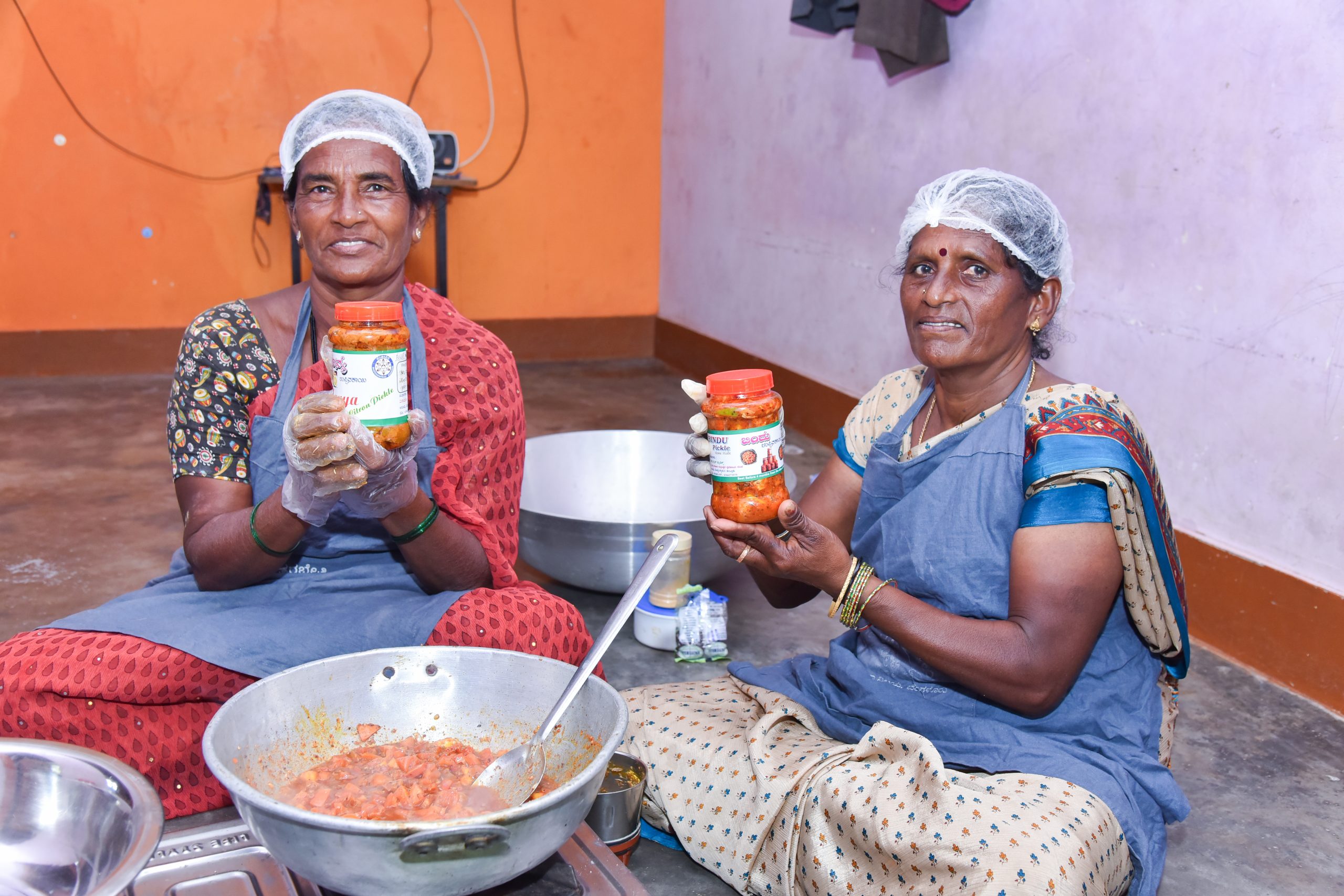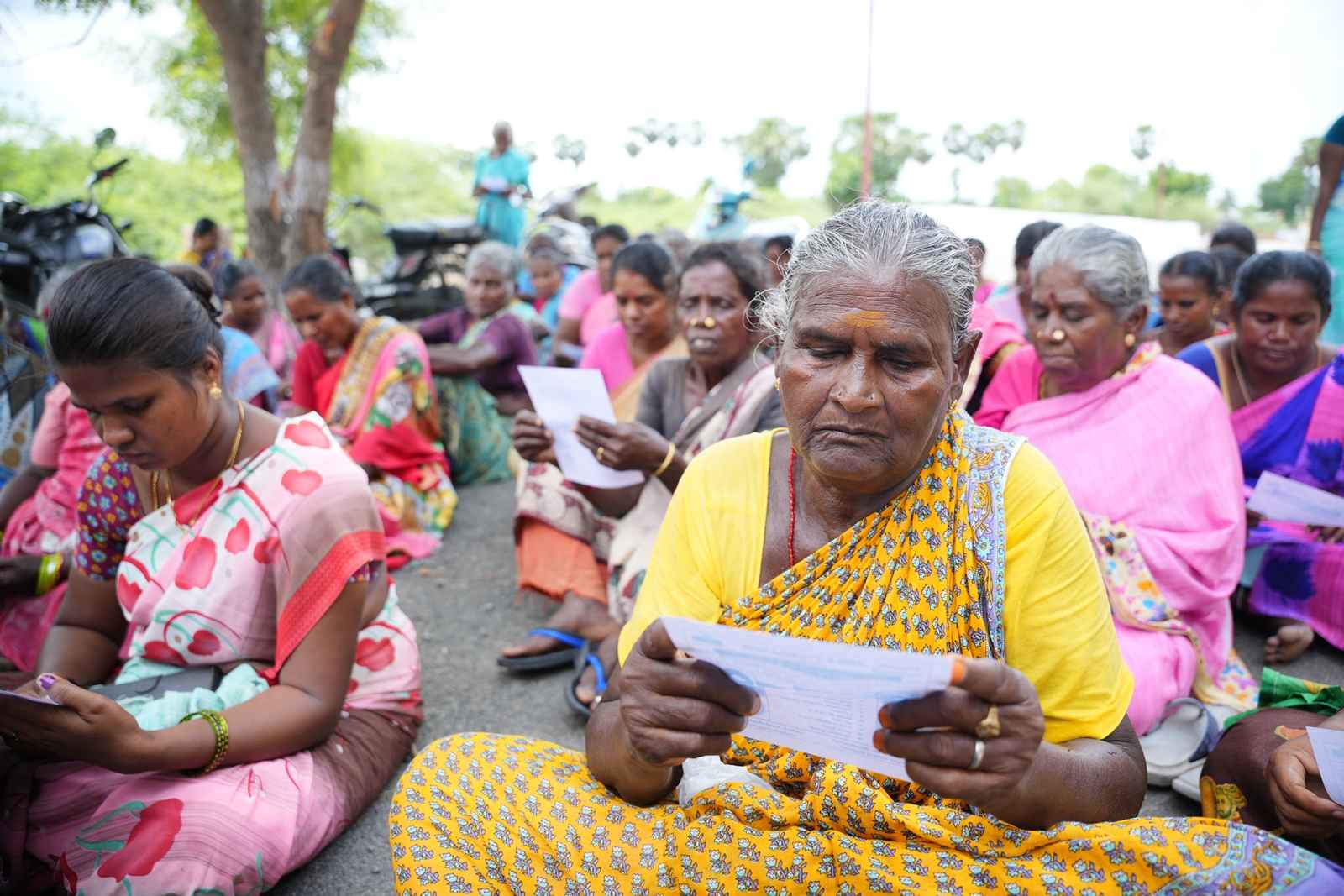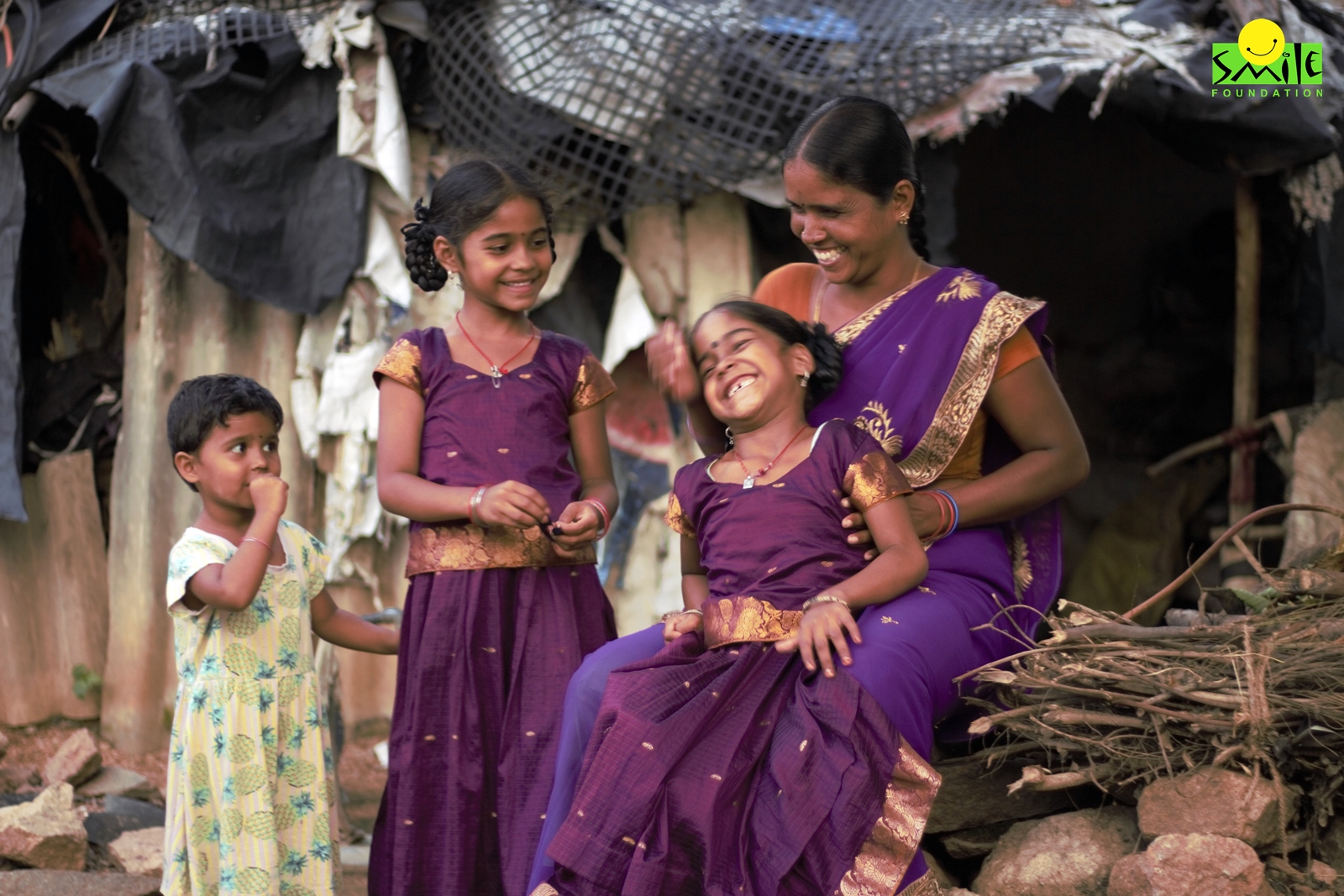Today, India has more than 43,000 private hospitals, on the other hand, the country has more than 25,000 public hospitals. This makes private infrastructure responsible and accountable for nearly 62% of all of India’s health infrastructure. Numbers Speak Louder Than Words. Let’s learn about the private health care system in India.
It’s quite obvious that resources are still limited in the country’s public health system, making even basic healthcare for the poor inaccessible and quite expensive. If private health care system in India becomes the dominant healthcare provider, it is a failure in not having a robust public healthcare programme.
Private Health care System in India: Reducing Dependencies
To formulate a strategy to reduce dependency on private healthcare providers, we first need to understand the current gaps within the existing healthcare infrastructure. The issues are varied and persistent for decades.
Progress has been there over the past few years with the government putting legislation and funds in place to improve public healthcare. The focus is on easy and free access to marginalised communities and remote inhabitants across the length and breadth of the country.
In the Economic Survey of 2022, India’s public expenditure on healthcare was only 2.1% of GDP in 2021-22. This number is slightly better than 1.8% in 2020-21 and 1.3% in 2019-20. But it needs to increase substantially both at the central and state levels.
Private Health care System in India: Existing Issues
Inadequate Infrastructure
The private health care system in India is widely spread and easily available to all, but it’s not affordable for the majority of low-income households. On the other hand, public healthcare which should be easily accessible for free to all citizens of the country has limited and inadequate infrastructure and medical staff.
This disparity between both increases our dependency on private healthcare making low-income households struggle to make payments or risk the lives of loved ones.
A Shortage of Health Personnel
India’s doctor-patient ratio is 1:1456. This is way below the recommended WHO doctor-to-patient ratio. It has serious consequences for providing adequate and decent healthcare, to those living in rural areas. It’s not just a shortage of doctors that we observe, it’s also a shortage of nurses, trained paramedical staff and medical technicians that currently exists across most rural areas and among public health institutions.
There is an increase in government spending toward public healthcare, but for a country with over a billion population, it is not enough. The country needs to pledge and commit more funds towards building and maintaining a robust primary health care programme. A programme that is both affordable and accessible to the communities who need and depend on it.
Most low-income households are uninsured and spend a significant portion of their meager earnings to pay for expensive private healthcare. This is an unfortunate reality and the state should change it.
Strategies to Improve the Healthcare Sector
Government initiatives: In 2018, the government of India launched the Ayushman Bharat Scheme, also known as Pradhan Mantri Jan Arogya Yojana (PMJAY). Ayushman Bharat is a wide-scale healthcare program.
The mission of this scheme was to help the weaker sections of society to get quality and affordable healthcare facilities. The programme offers several primary healthcare services, such as maternity care, vaccinations, treatments and health awareness seminars.
Even options for telemedicine for those who live in remote locations as well as local pharmaceutical stores are available.
The Ayushman Bharat program has surpassed the three-crore milestone for hospital admissions, with a total claim value of INR 36,500 million disbursed and over 18 crore cards produced. Such initiatives go a long way to provide citizens with a support network that includes primary, advanced and preventative healthcare.
Telemedicine: The Covid 19 pandemic has changed the face of medical consultations, giving rise to a whole new essential and cost-effective strategy called Telemedicine. During the lockdown periods of the pandemic, Telemedicine played a crucial role in providing healthcare to patients both in rural and urban areas.
Patients didn’t need to travel anywhere to seek high-quality diagnoses and medical treatments as they were provided through teleconsultation. Even patients in remote locations benefitted from remote healthcare diagnostics, examinations, and video consultations.
Telemedicine connected them with healthcare professionals in an instant giving them peace of mind along with medical help and support.
Way Forward
There is no doubt that the government of India is keen to implement extensive structural and long-term reforms to boost the healthcare sector. It is committed to increasing public spending on healthcare to 2.5% of GDP by 2025. We are seeing that quality medical facilities are slowly and steadily teaching tier 2, tier 3 cities, and small towns.
The administration is also encouraging healthcare startups to explore innovative healthcare strategies. The healthcare horizon is slowly but surely turning clearer with all efforts being made to optimize infrastructure. This ensures that patients have easier access to high-quality and affordable treatment.
Each day the focus on providing quality and affordable healthcare increases. We are well embarked on the path to making medical services accessible for all.
Smile Foundation and Healthcare
Smile Foundation’s ‘Health Cannot Wait’ initiative aims to provide healthcare to all. Keeping the health of children, women, and other vulnerable populations in mind, mobile healthcare units called “Smile on Wheels” reach out to people in far-flung areas and informal settlements of the cities where people lack awareness about basic healthcare.
For the poor, health is truly their only wealth! Join hands with Smile Foundation to make quality healthcare accessible to all




